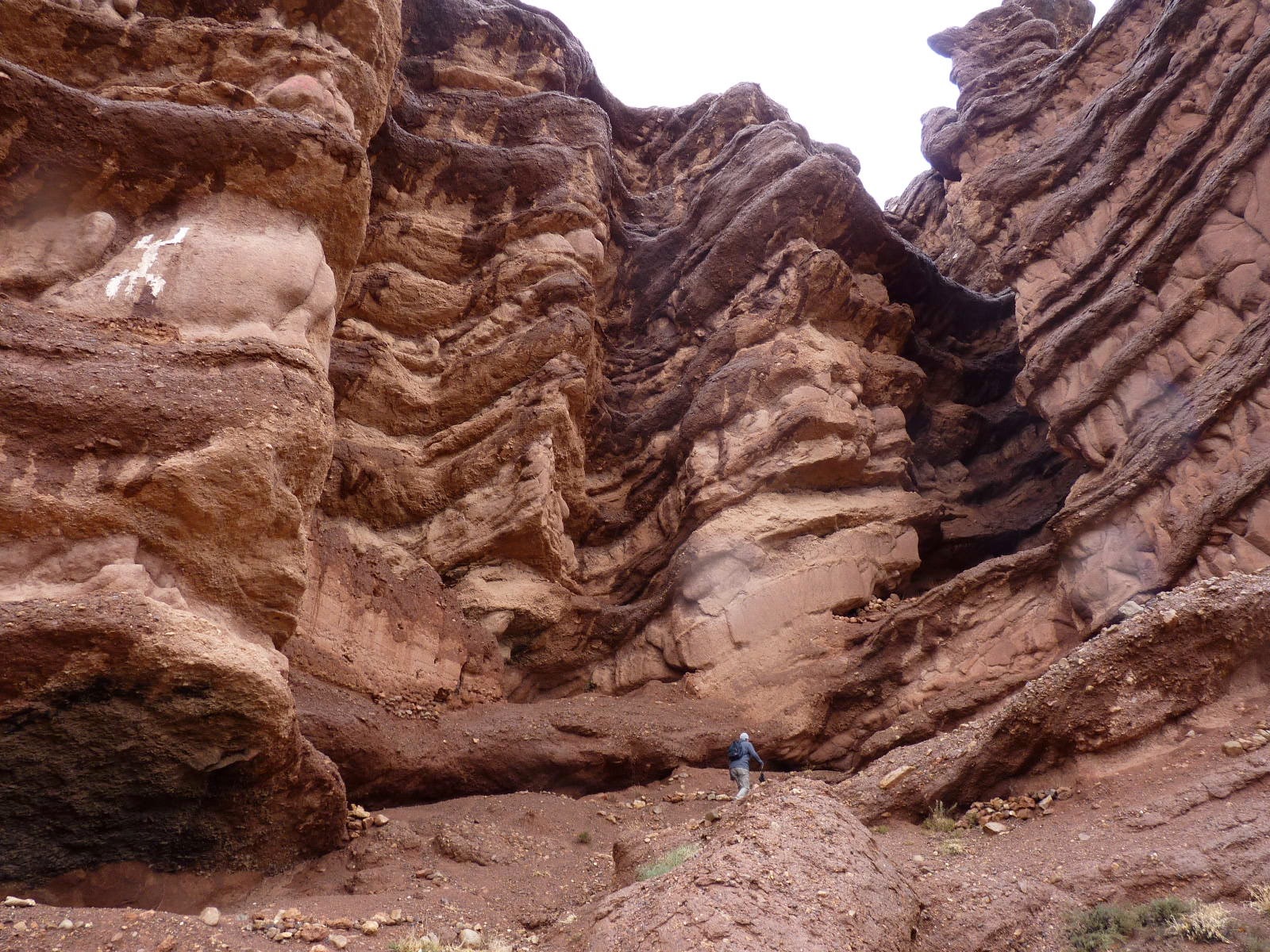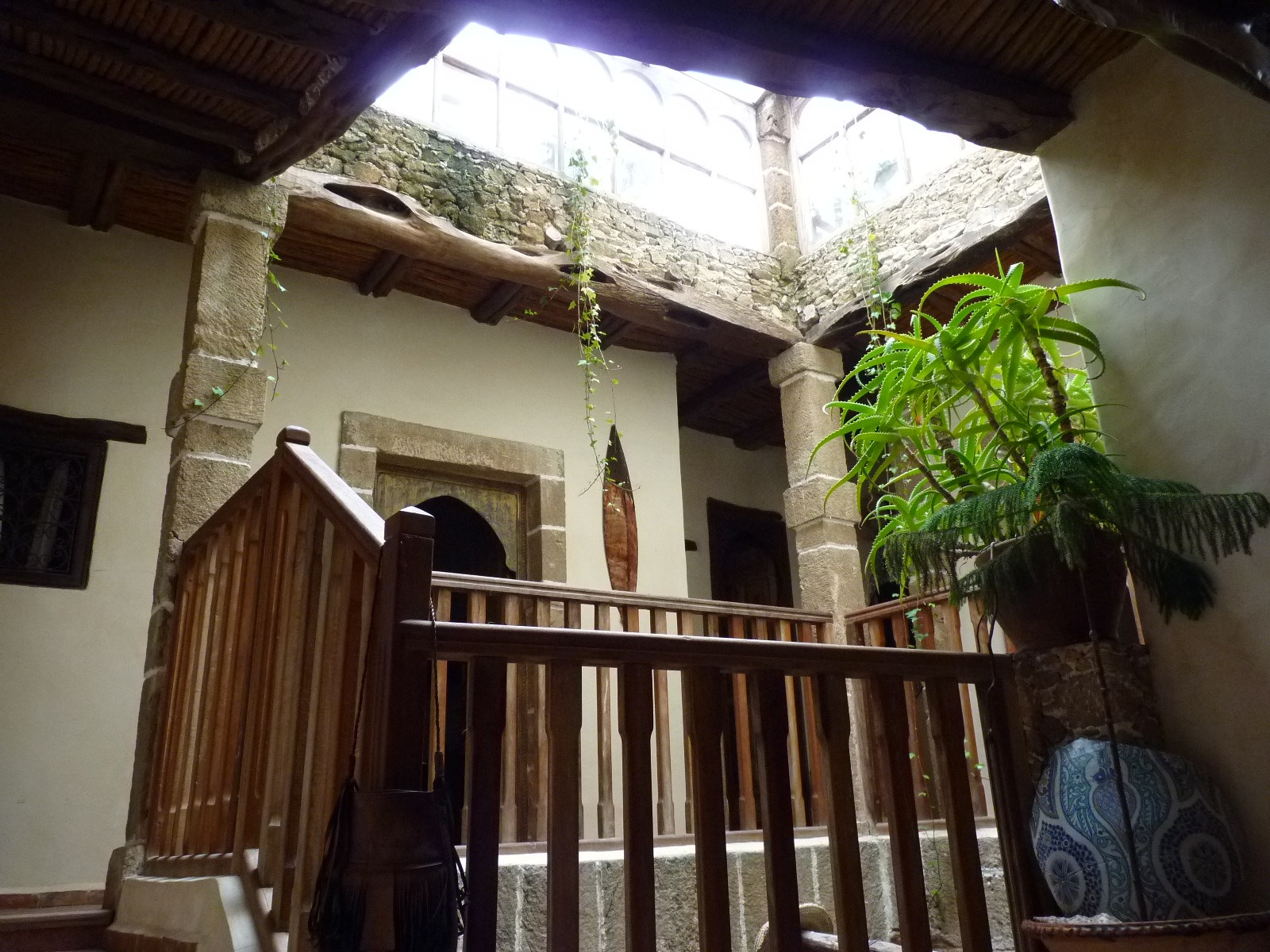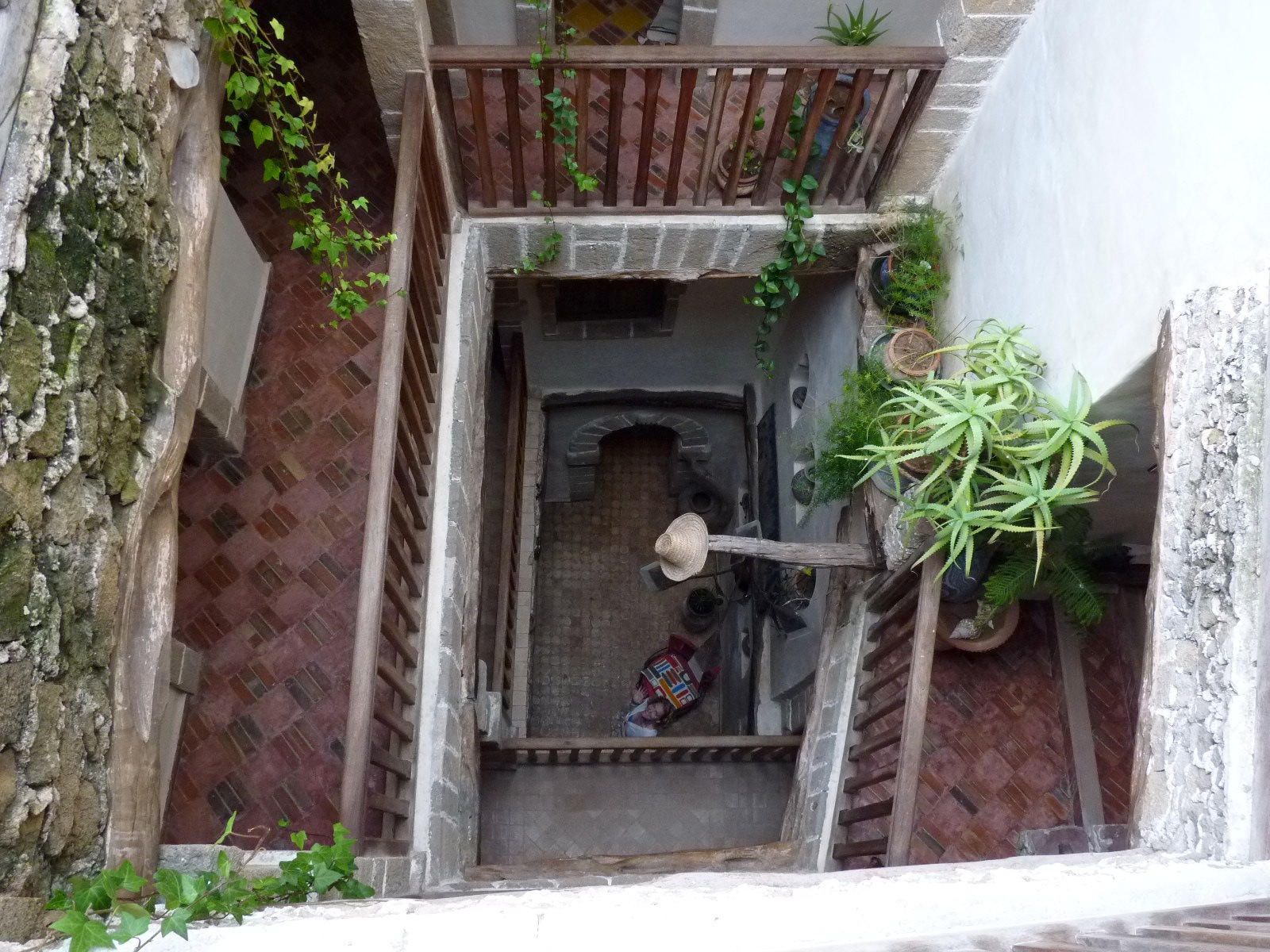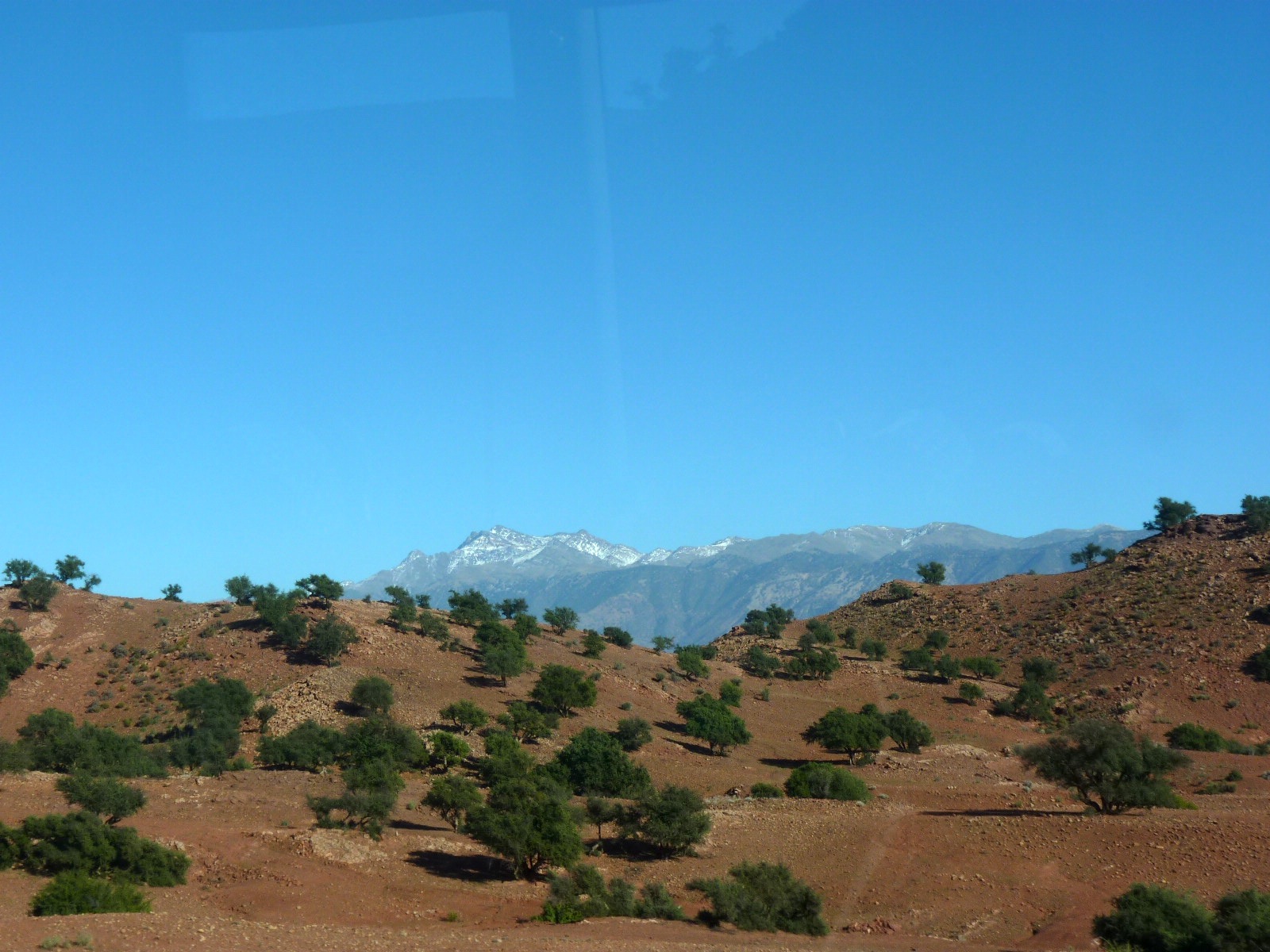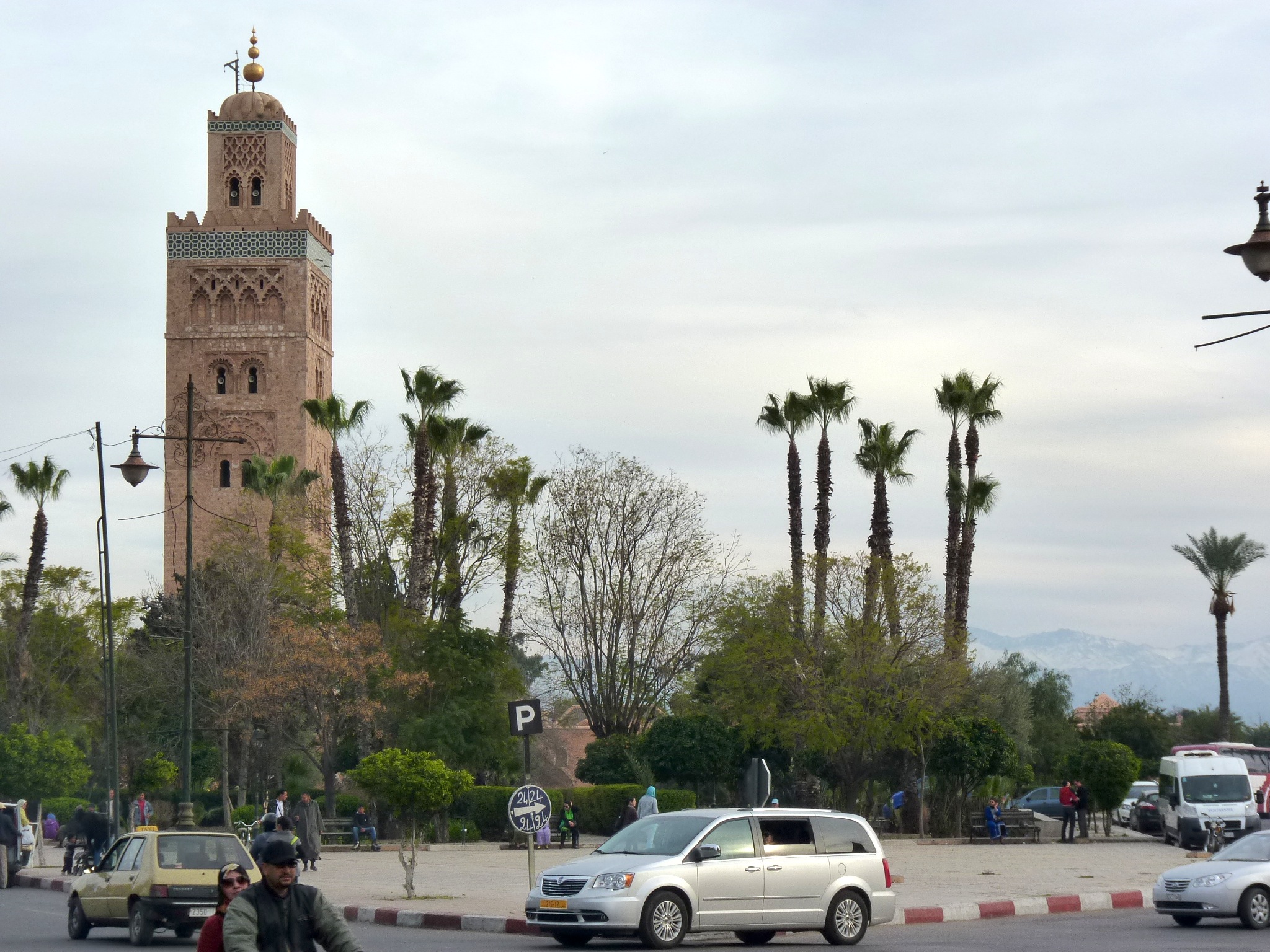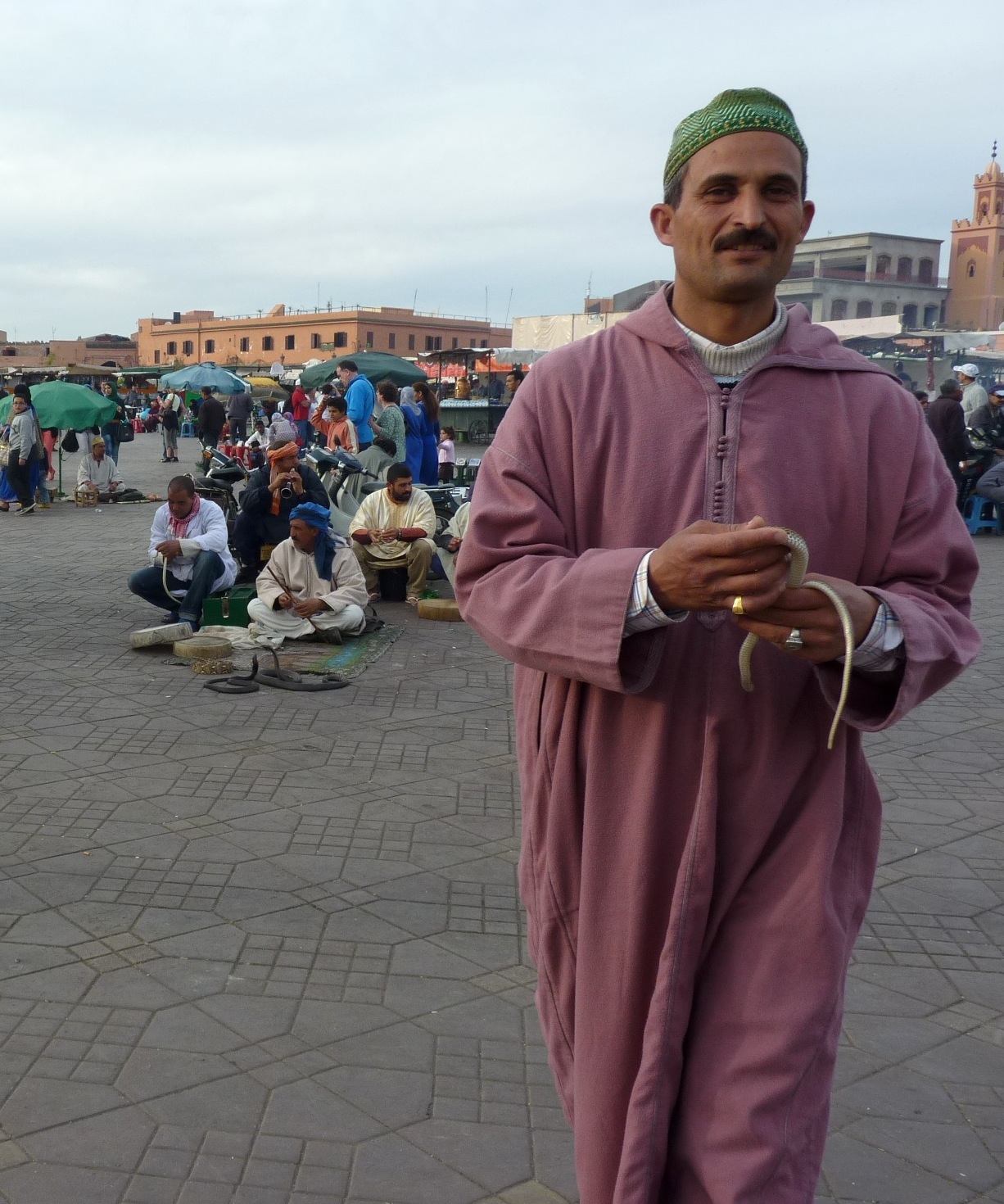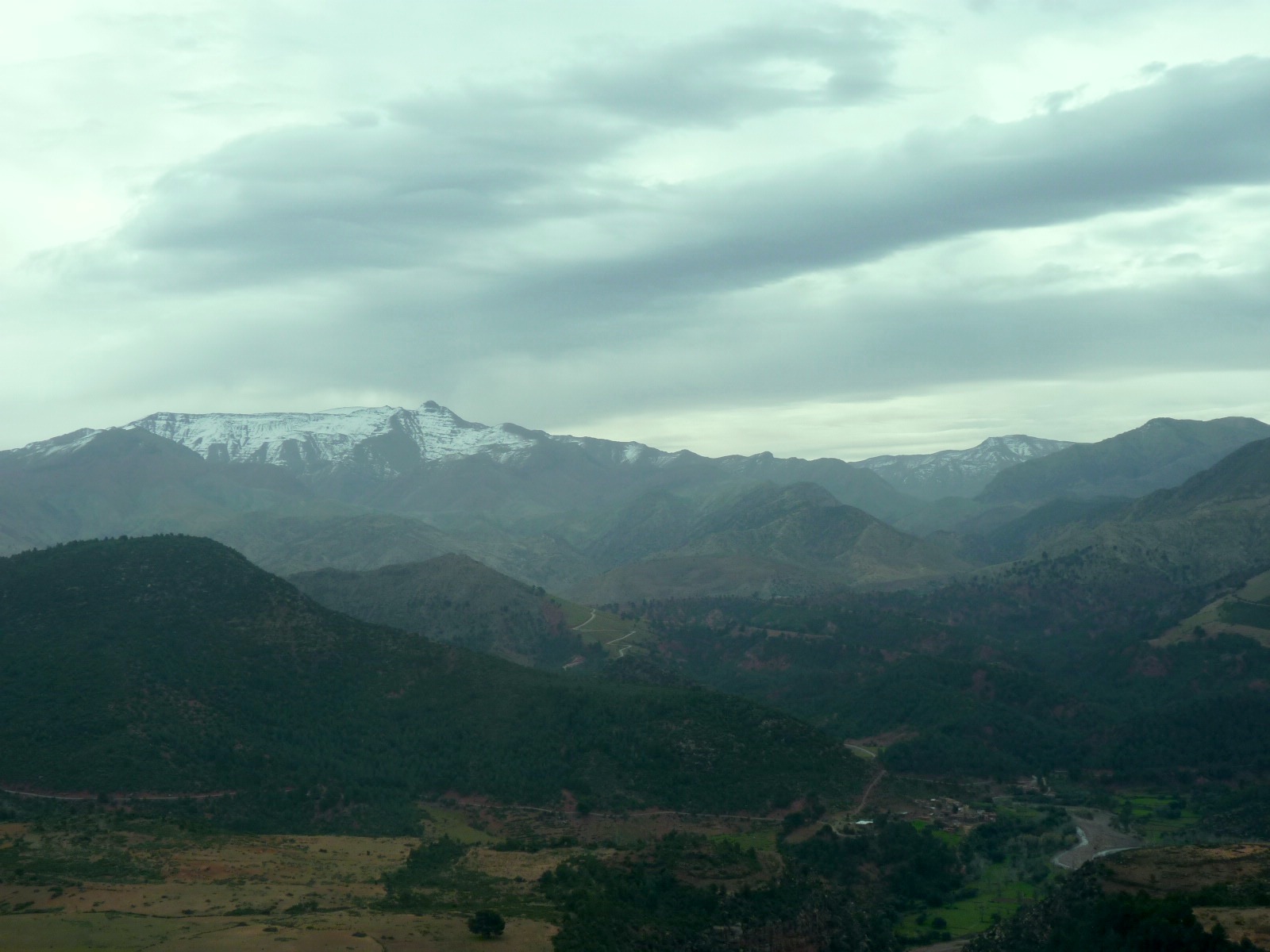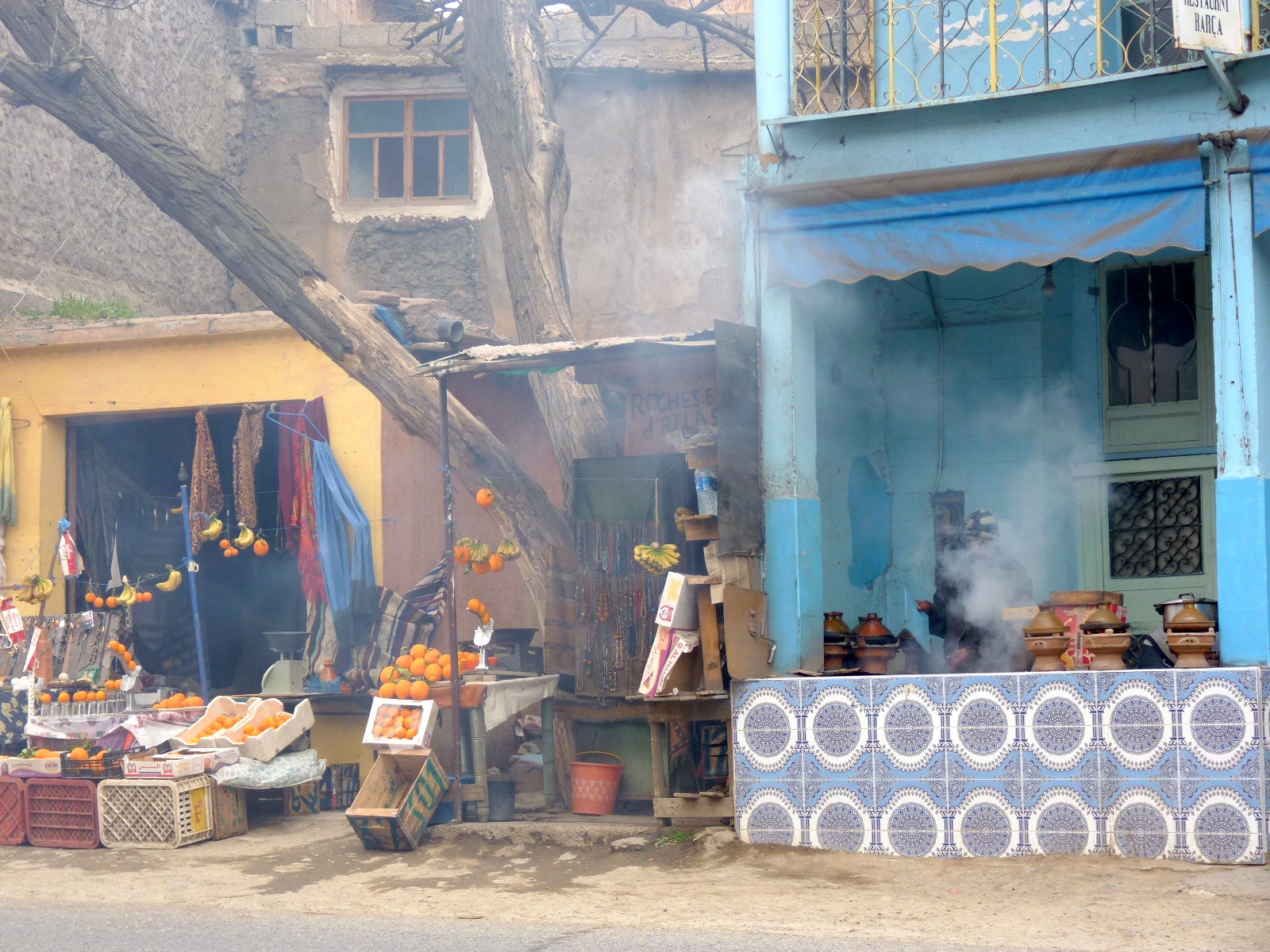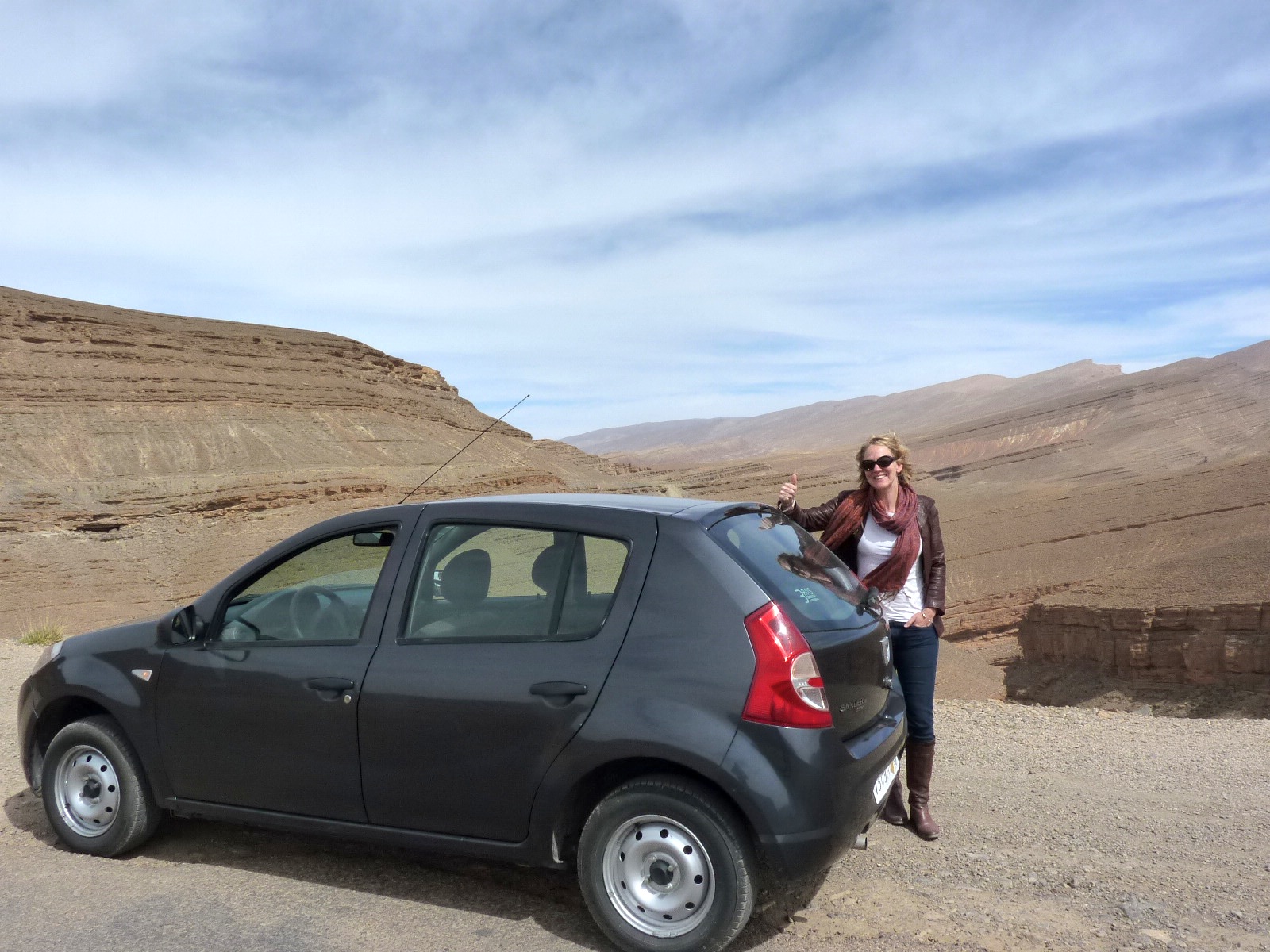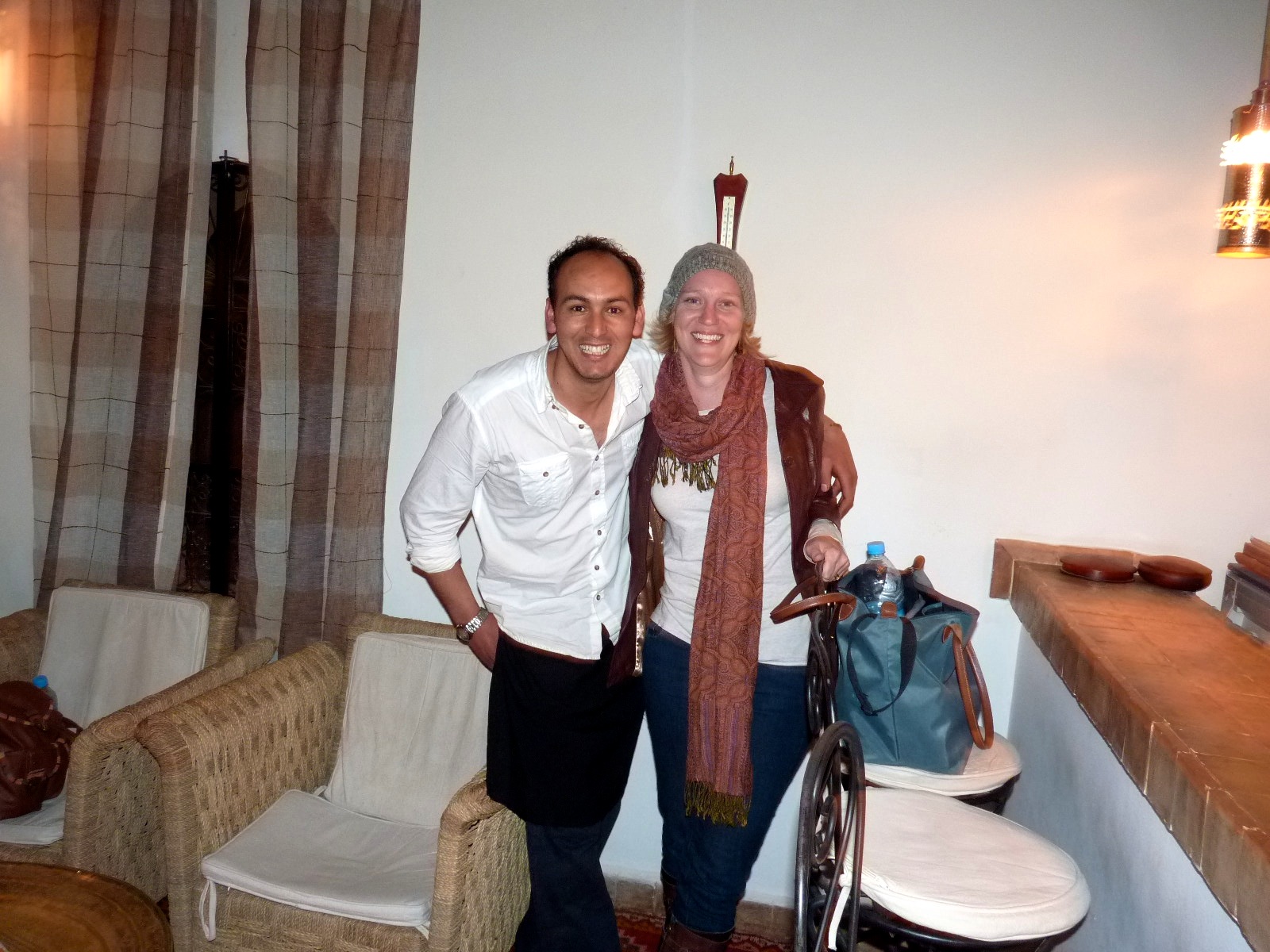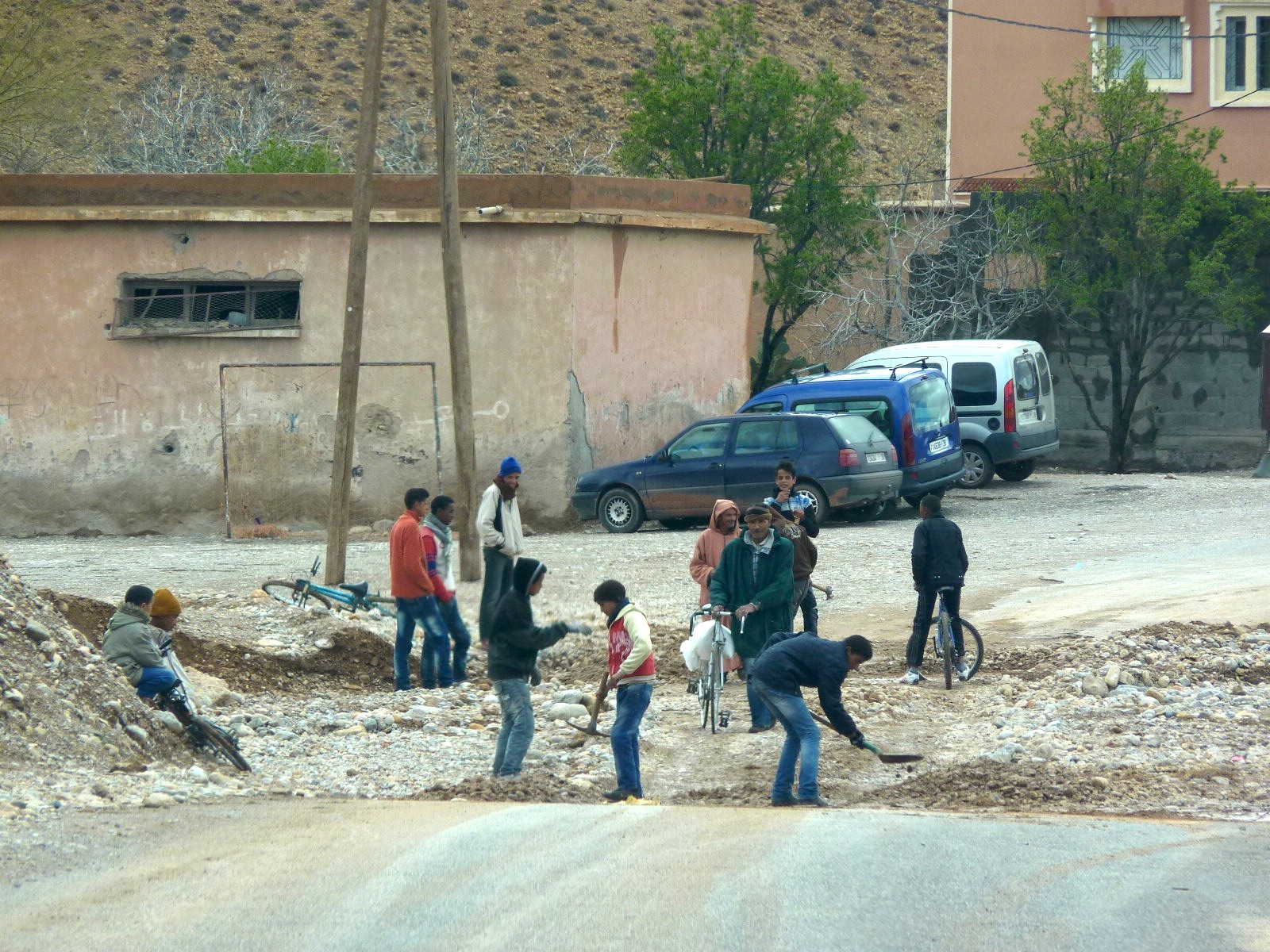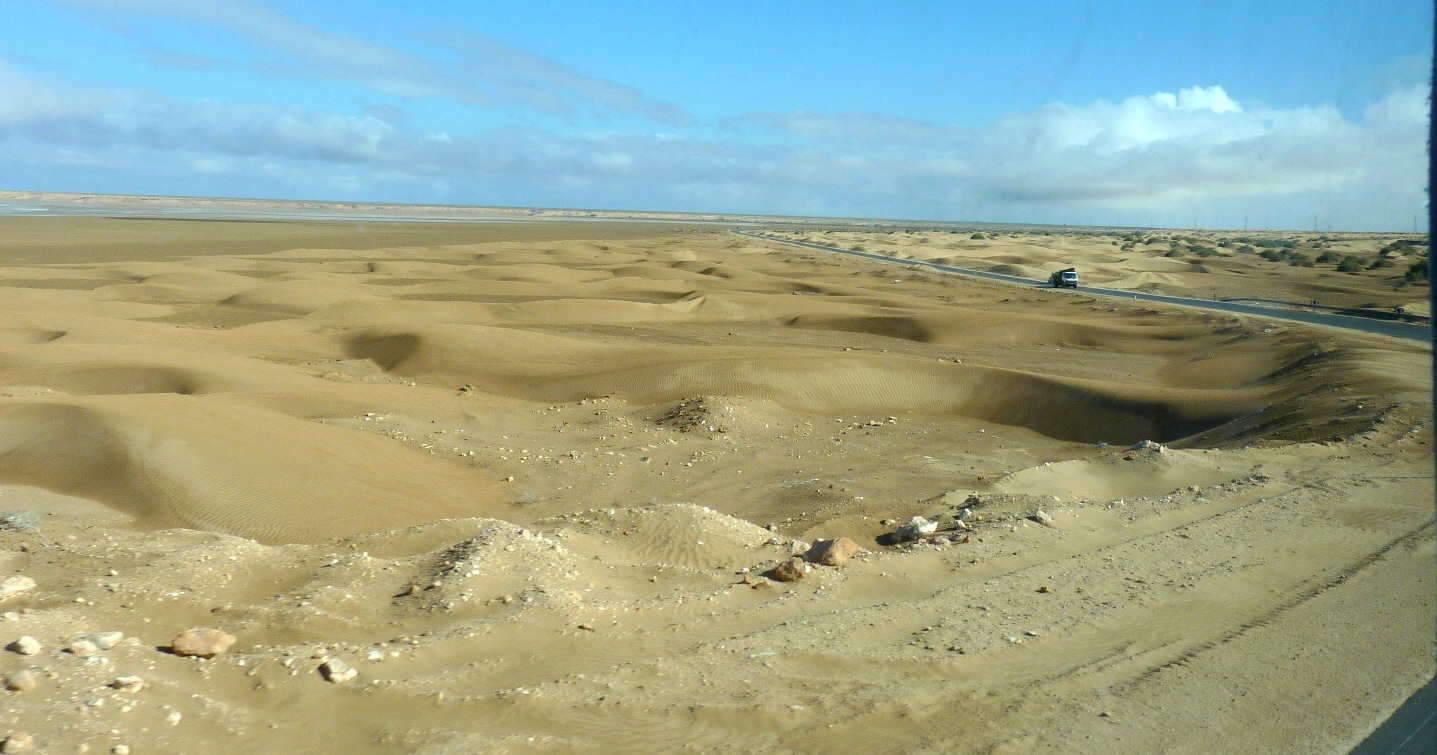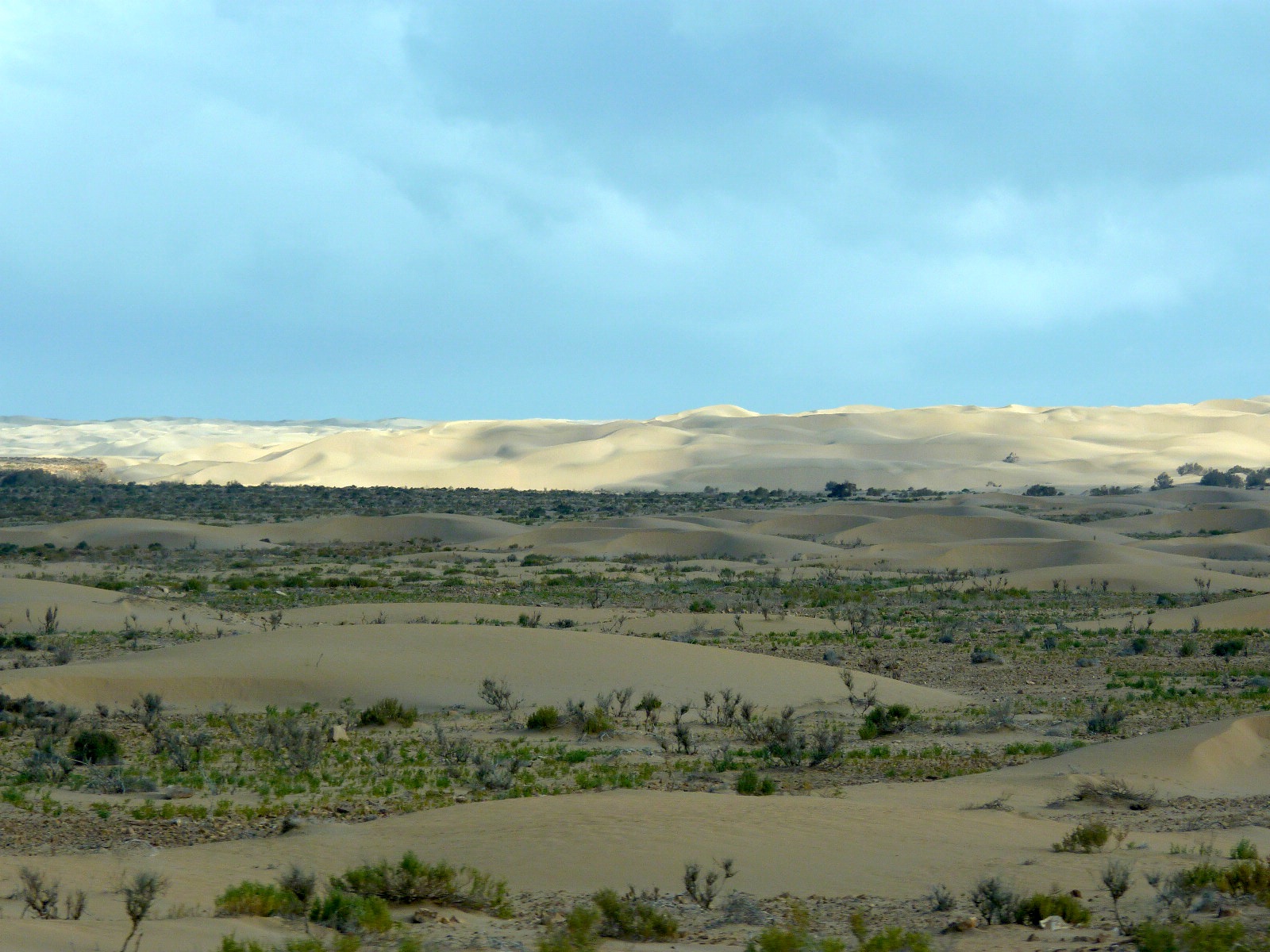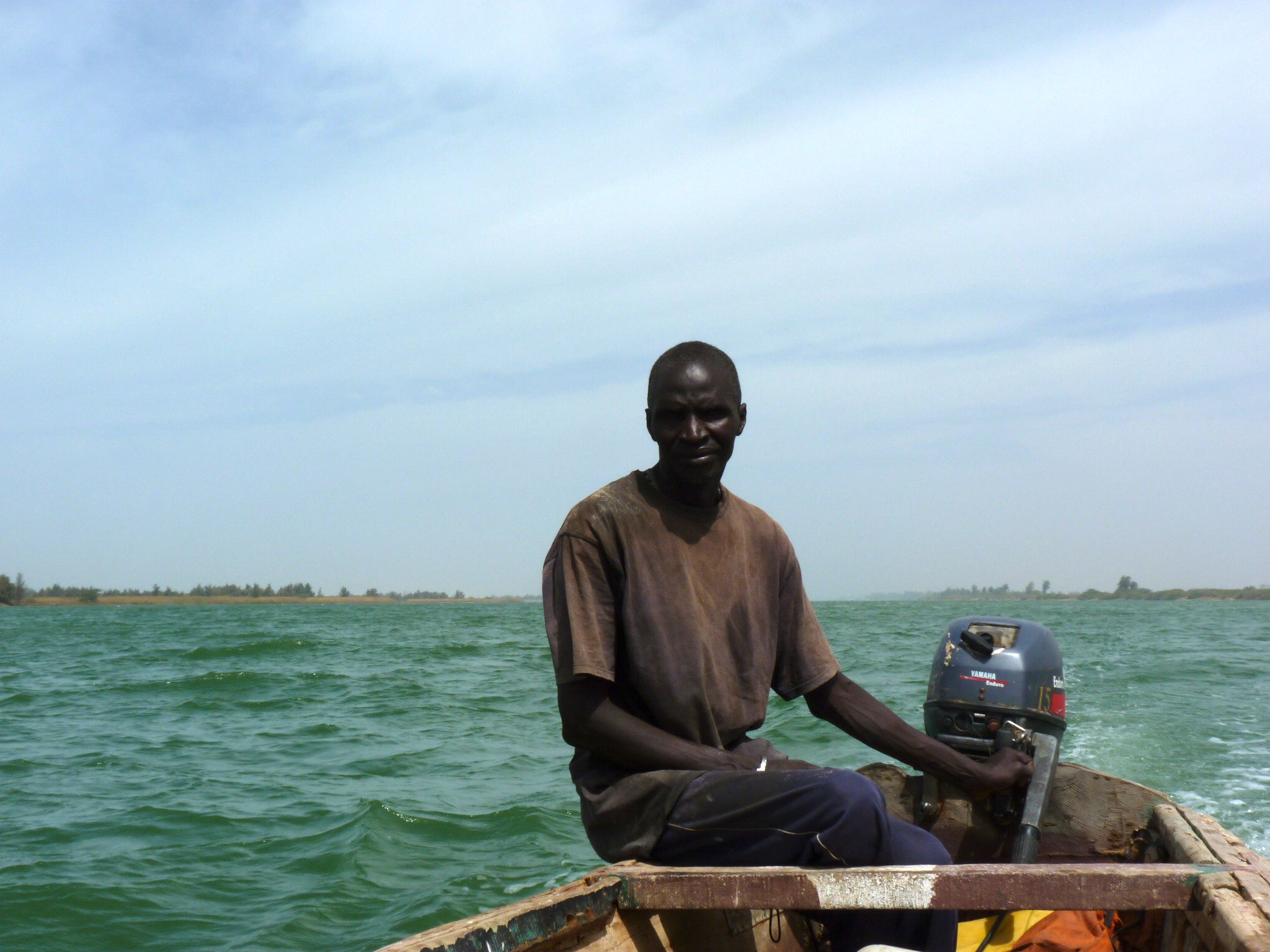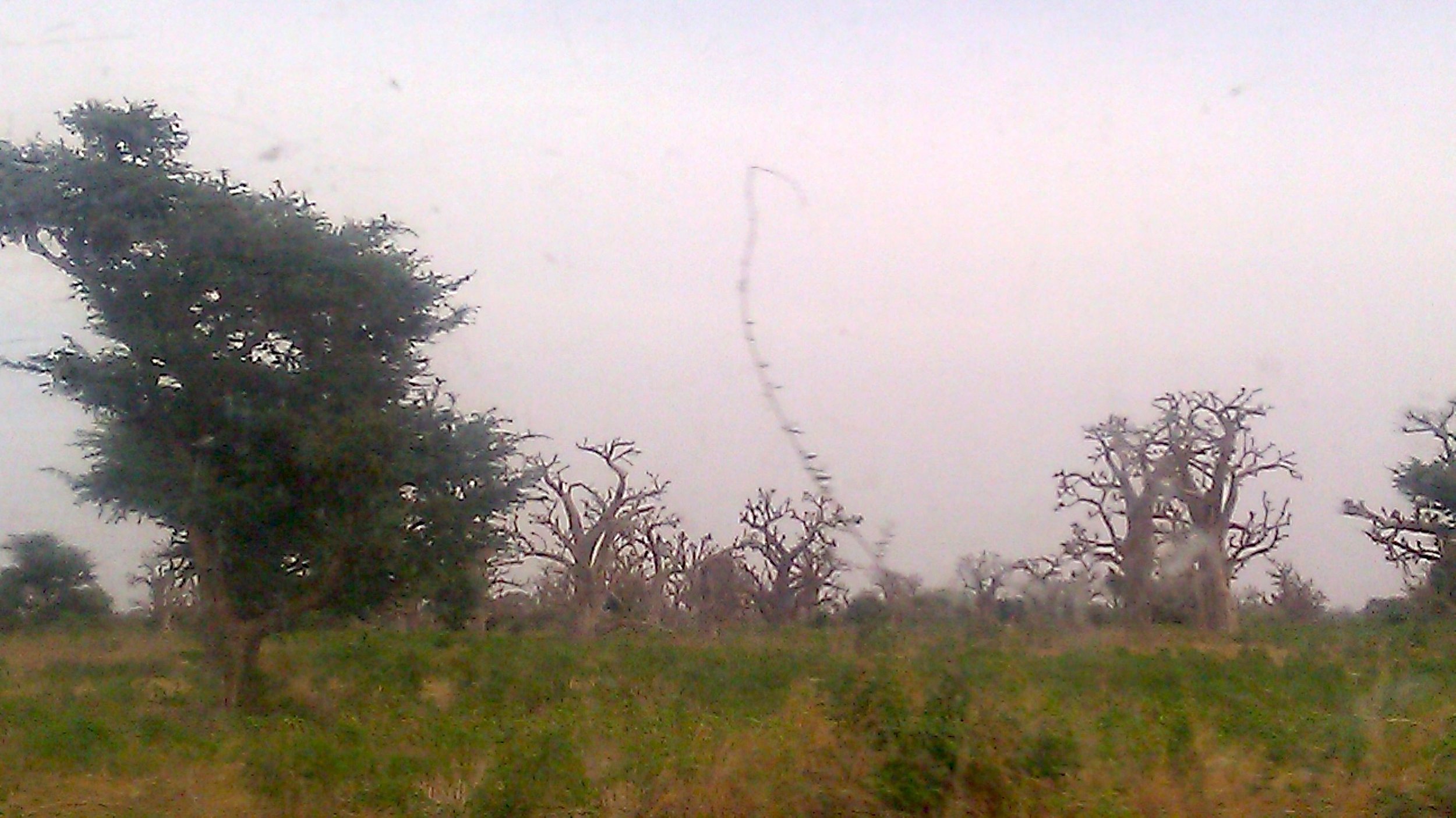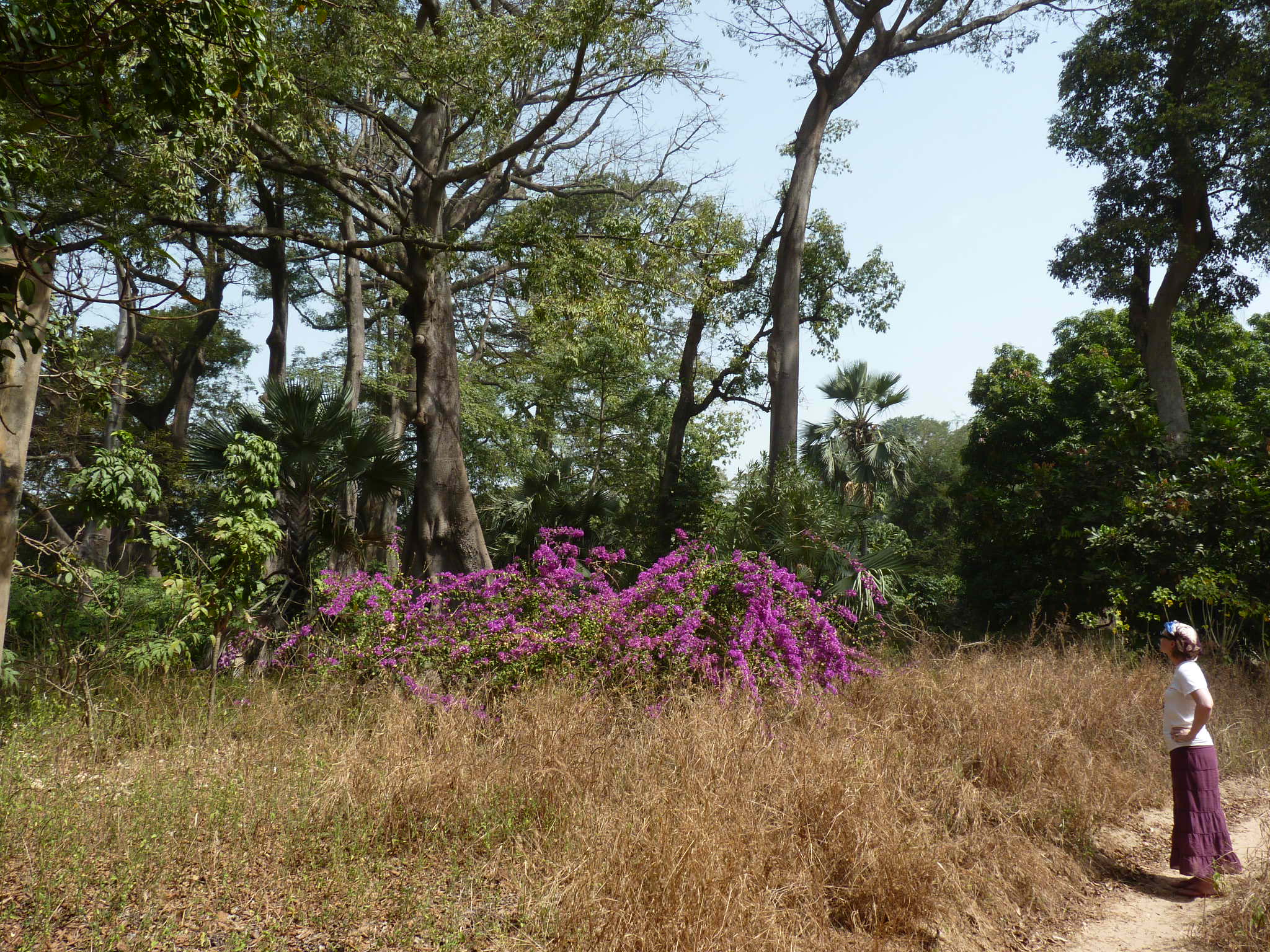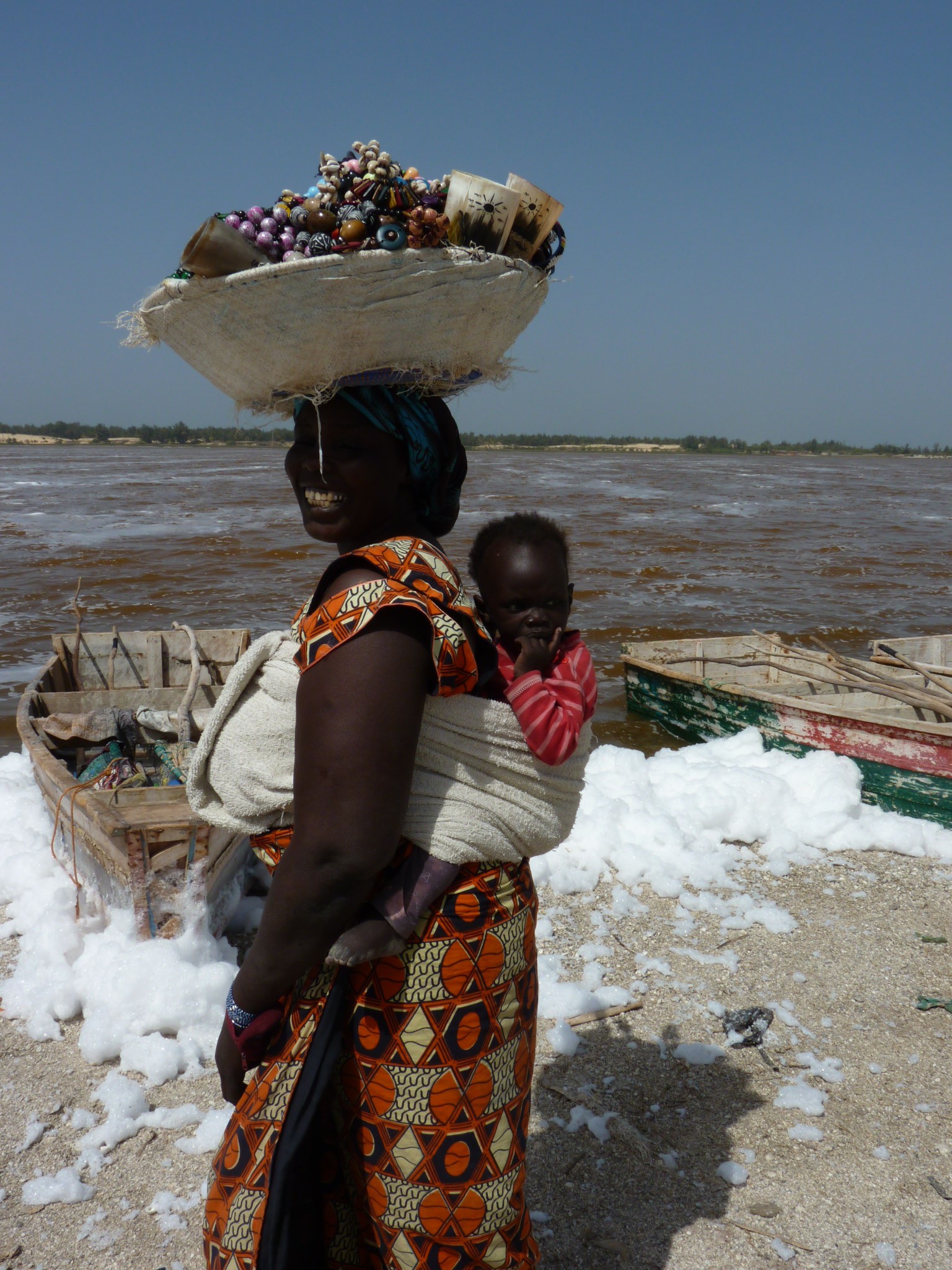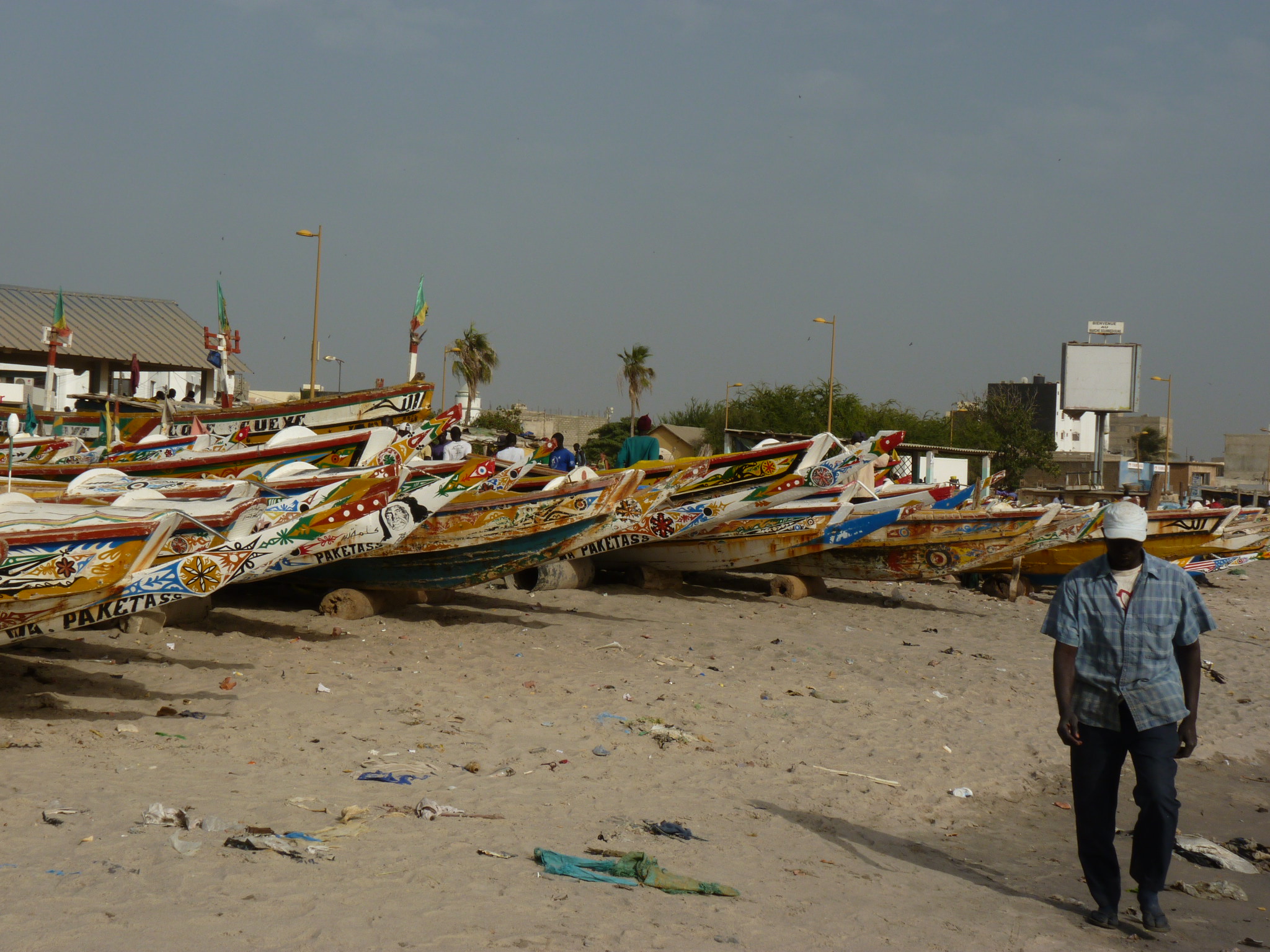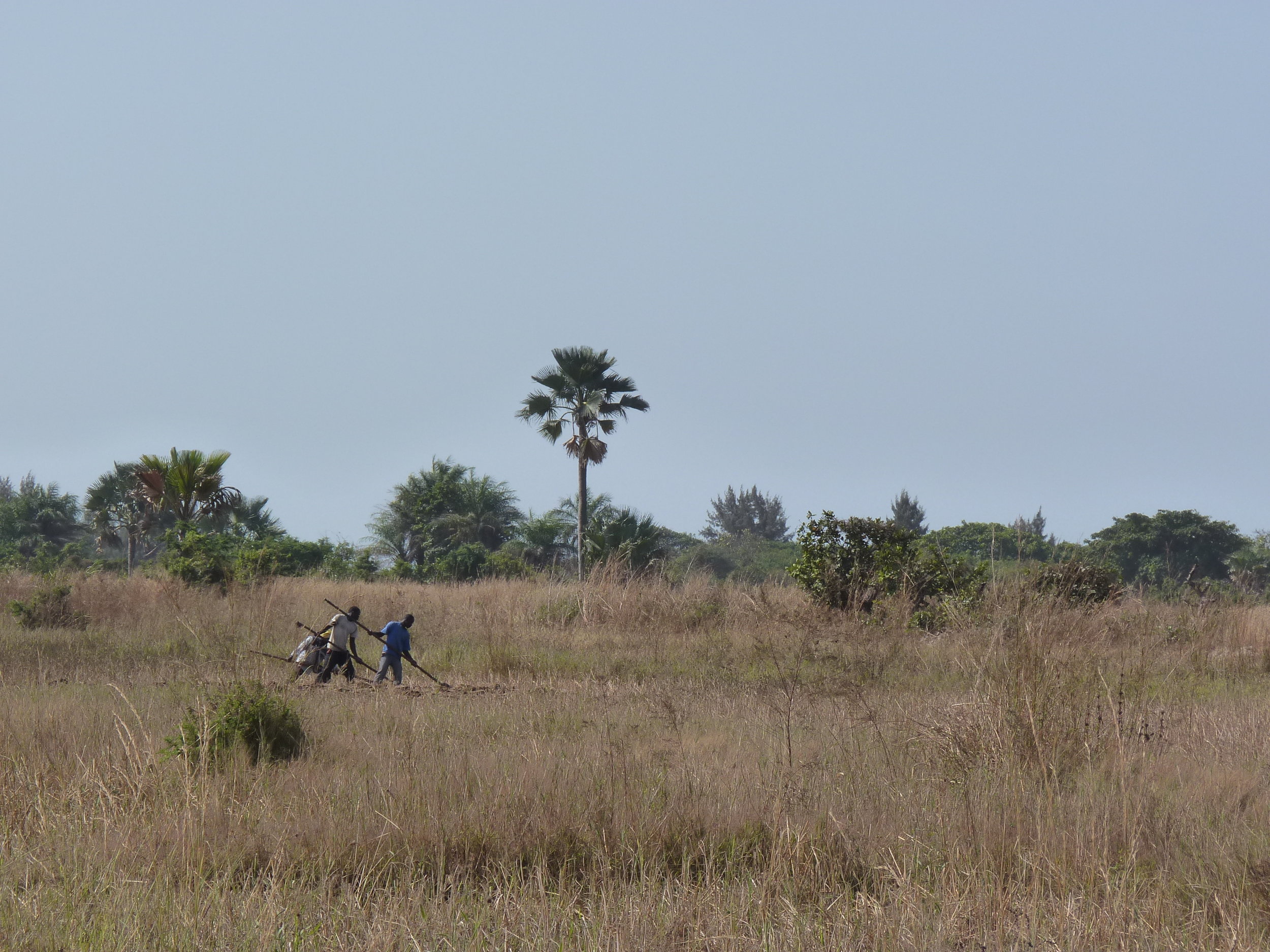I know I just posted a couple of days ago, but I am going to make an effort to post weekly, so here goes. Catching up! Essaouira
I-swear-a it’s a good place (hehe, I love turning city names into phrases). This laid back beach town is a craft-lovers dreamscape. It seems everyone is an artist in their own right – whether it’s the inlaid woodcraft, silver filigree, weaving or stitching, this place not only is downright beautiful in and of itself, but it’s full of beautiful things. I can see why it’s a popular vacation spot for Moroccans and foreigners alike.
The food in Essaouira is also particularly good. Jon talked a bit about it in his recent post – but we’ve had a great time sharing meals with our AirBnB host, Hamid. Every night we’ve gone to the souk, picked out our meat of choice, visited Hamid’s favorite spice guy, his preferred vegetable vendor and we were on our way to the best meals we’ve had in Morocco. It drove home the point that home cooking is where it’s at here, and I’m so glad we were able to do the airbnb thing and stay with Moroccans.
Pan-Africa
One of the most fascinating opportunities we’ve had has been to travel overland from Mali to Senegal through Mauritania and up through Morocco. To experience cultural shifts and changes and to see qualities that are similar has been such a wonderful learning experience. Things as simple as the tea service that has gone from a multi-hour super strong syrupy green tea in Mali, to the even sweeter but minty-er brew in Senegal, to the very light even more minty tea of Mauritania to tea that is served in every café on ever corner in Morocco – this is something in which nearly everyone in this region of the world partakes.
It’s been fascinating to watch mannerisms change from the kind and gentle but indirect communications of Malians to the abrasive, loud and argumentative ways of Mauritanians. We’ve seen the similarities and differences in how people negotiate for prices, and how plumbing does and doesn’t work and just what service and hospitality means to different cultures.
Pan-African Health
It apparently is hard to stay healthy! I realized today that between the two of us, Jon and I have had some sort of ailment since week 2 of this trip. Wowza. Here’s to good health!
Being a woman in Morocco
Gender has been a topic of discussion often between Jon and me, mostly because my experience when doing something alone is entirely different from when we’re together. In Mali I could walk around safely and unbothered just about anywhere. In Senegal I knew the culture well enough to know how to deal with just about anything that came my way. In Mauritania, I covered up and hung back quietly.
Morocco has been the most complex and challenging for me, as this is clearly a country that has a conservative and traditional past for women, but whose position is rapidly changing. In 2004 the new king passed laws giving women more equal rights, abolishing polygamy and paving the way for women to have more choices. But it’s still awkward and difficult for me to go to a café alone, walking in a souk by myself warrants unending cat calls and hassle, and conversations with Moroccans about the egalitarian nature of my marriage confounds most. What’s also interesting is that it’s challenging for Moroccan women as well. Many experience the same hassle as I have, and I imagine that many young independent women feel pressures from family and potential husbands to adhere to certain cultural norms. All I can do is be grateful for the opportunity to experience these cultures and understand a world different from my own.
Transport Tally
One thing’s for certain about our first 2 months of 2013 – we did a lot of moving around. After final tally and some guesswork, I figured out that we took about 85 different types of transport trips. Here’s how we got around from leaving Portland, getting to Belgium, and moving through Mali, Senegal, Morocco and Mauritania:
- 10 Buses
- 5 Airplanes
- 4 Bush Taxis
- 2 Taxi Clandeau (shared inner city taxis)
- 5 Trains
- 2 Ferries
- 1 Pirogue
- 3 Car Rapide
- 4 Metro/Subways
- 2 Rental Vehicles
- 1 Mini Bus
- 1 Ride with Mom (that would be Jon’s, thanks for getting us to the airport Sheryl!)
- Approx 45 taxi rides (I had to guess, we really weren’t counting)
Phew! No wonder we’re tired. By the way, I wished I started taking photos of the taxis in every place we’ve been. Taxis in Bamako are all yellow. In Senegal, always yellow and black (except in the Casamance where they spray paint some blue stripes on a car). In Mauritania, I have no idea, they aren’t identifiable – like so many other confusing things about that place. In Dakhla and on the Moroccan coast, white with a blue stripe, or all blue with a white top. In Agadir, bright red. Finally, in Marrakesh – tan or..mud brown/yellow – not attractive.
Not wanting to go to France – um, what?
I never thought I’d say that I don’t want to go to France. Jon and I are leaving Morocco today to head to a small village outside of Lyon. We’ll be in France for six weeks working for a camp that teaches English to French kids. Maybe it’s because I haven’t had a steady job in 3 months, or because I just like waking up at 10am every day, but I’d really like to just head back to the Dades Gorge and hang with our friend Ismail. My perspective on life must be really off when my choices are spending 6 weeks in France or skipping out on responsibility and immersing myself in a lush green valley tucked in a range of snow-peaked desert mountains.

